Investments of Passion: Three experts on the changing world of luxury investment
At our recent event in partnership with Horizons, our panel gave their picks in the world of alternative luxury investments
If the last year or so has taught us anything, it’s that we know nothing. Financially speaking, of course. A backwater internet forum called Wall Street Bets pumped the stock of a doomed DVD-seller to eye-popping heights. The Conservative Party, long deniers of its existence, miraculously discovered the fabled Magic Money Tree. Elon Musk made the price of a cryptocurrency skyrocket and nose-dive on just a few characters in a couple of tweets. Digital artworks that don’t exist sold for tens of millions of pounds at Sotheby’s. TikTok made teenage billionaires. The Prime Minister can’t afford his own wallpaper.
So when it comes to investing that lump sum languishing underneath your mattress, so to speak, it’s hard to know where to begin. Personally, I haven’t given investment advice since the year 2000, when the great Beanie Baby Bubble gripped my prep school, and Birthday-money fortunes were lost overnight. But at Gentleman’s Journal’s recent closed-door event with Horizons — that savvy collective of millennial investors and people-about-town — there were three men on hand, fortunately, who came armed with the know-how to guide us through this tumultuous time. The topic of discussion was ‘Investments of Passion: a look at alternative luxury investment assets.’ And it pooled around three key areas: watches; classic cars; and art. We hope to distill some of the wisdom imparted over a long and fascinating evening below.

Joe Kennedy

James Marks

Joe Twyman
WATCHES
“Covid turbo-charged a lot of things that were going to happen in four or five years anyway, whether that be products themselves, or the way things are bought and sold,” begins James Marks, Head of Perpetual at Philips, and our watch guru for the day. “The elephant in the room is the whole concept of inflation. Every asset class has just seen an exponential appetite of people moving out of cash. It’s a very, very unusual world.” And watches, of course, are a very appealing place for them to move their money.
“There are two types of collector. You’ve got the very traditional collector who goes to a showroom and auction house and buys with their eyes and their heart. And if the world goes to nothing, they don’t care. They’ve got their watch and they love the aesthetic of it.”
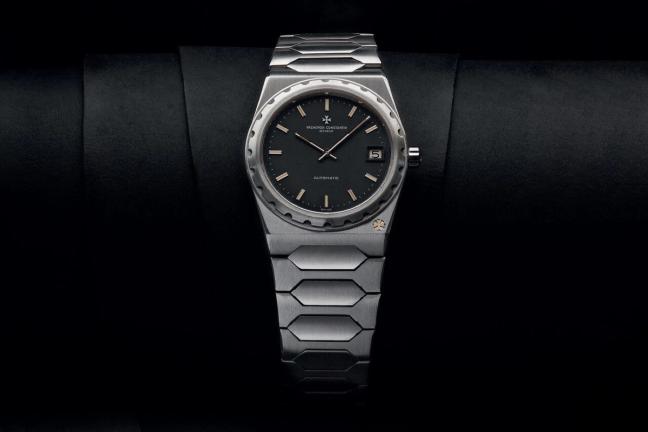
The Vacheron Constantin 222: a unique icon of design
“At the same time, you’ve got a situation where people are looking to invest. They say ‘I want something that I retain value in, and that has an upside. But it’s very tricky, because watches are so subjective.” James points out that Perpetual is not regulated to give investment advice, and wouldn’t wish to. But he does notice a trend in watches becoming “a uniform”, and hints that perhaps the more common-or-garden uniforms, so to speak, may be losing their sheen in certain quarters. It’s an interesting and poignant trend to pick up on. “The 222’s a great example from Vacheron Constantin. We mentioned Singer [the Porsche re-design lab] earlier, and Marco Boraccino has a Vacheron Constantin 222 because it’s an icon of design.” In a more modern vein, perhaps the Vacheron Constantin Overseas Everest is an exciting example of a similar thing — a unique, distinctive proposition with an almost immediate cult demand.
“More and more people are saying: I don’t want to look like everyone else. I want something that’s individual. I want to explain it. AP and Vacheron Constantin are there from the bigger groups — and that’s why we’re seeing more and more brands doing historically-inspired re-editions.”
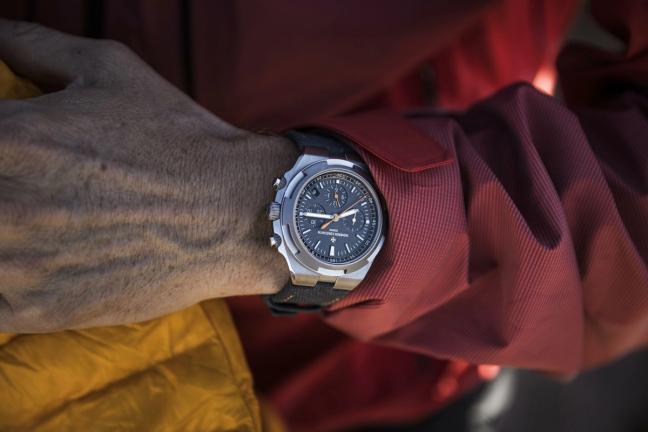
Overseas Chronograph
Cory Richards
Everest
CLASSIC CARS
Just as watches are at their best when they’re worn, Joe Twyman — our trailblazing guide through the classic car universe — believes that cars should be driven, not hidden away in safes or in bond. “Really you want to be driving them. Most people that buy classic cars want to use them. ” And use can help to increase value, too. “There are definitely events out there — like Concours d’Elegance — that people want to be at. The investors see value in that. Ultimately, the liquidity of the cars go up. People see that lifestyle, and the ability to be at those events and be involved, as part of that investment.”
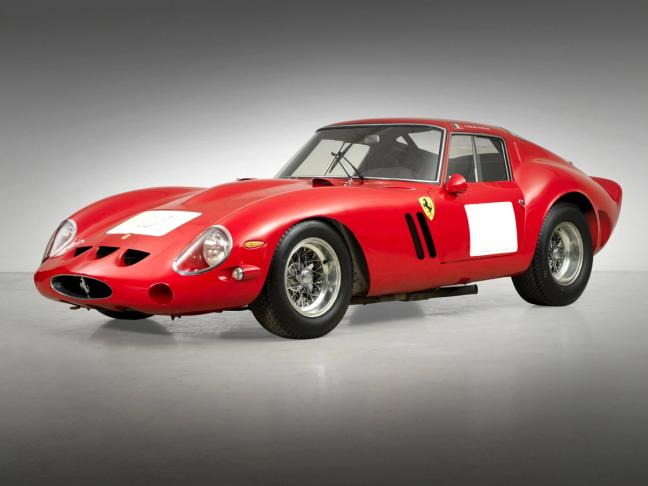
An auction-busting Ferrari 250 GTO Berlinetta
The big brands still retain the investment and lifestyle cachet, in this way. “It’s Ferrari. Porsche. Jaguar. All the big brands,” Twyman says. And an interesting phenomenon is developing around specific models, too. “There’s far less volume in all the really special cars. Ferrari, for instance, now runs a tour solely around the 250 GTO.” Collectors now see ownership of these specific cars almost as keys into a very special group of like-minded people, which only increases the model’s collectability and investment potential. The same phenomenon has happened with ultra-rare McLaren F1s, of which only 106 were made — the elite club to end all elite clubs, which has skyrocketed values, of course. “So that’s what’s ultimately, driving our market,” he concludes. “It’s events.”
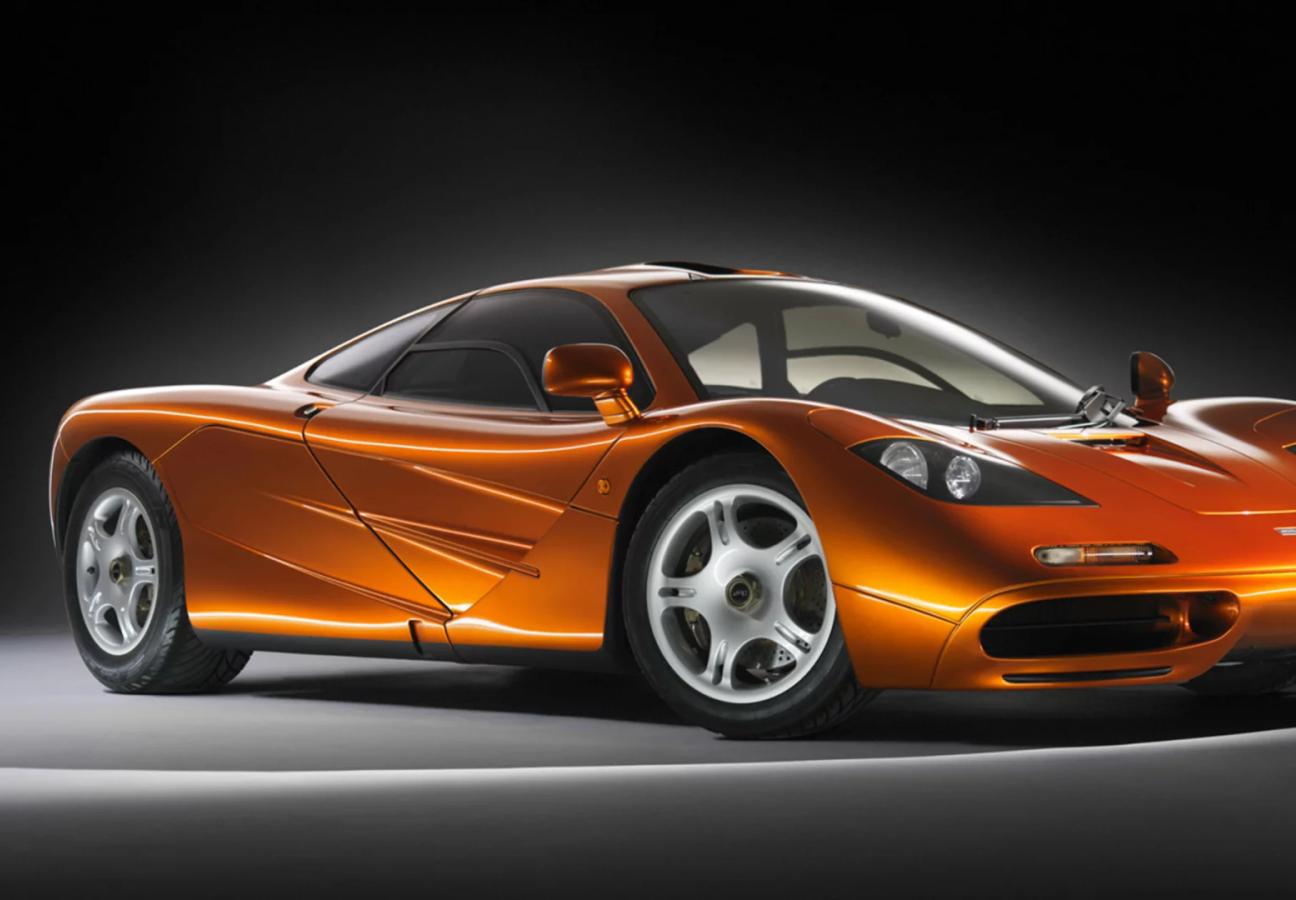
The McClaren F1: the pinnacle of collectability
ART
Finally, and perhaps most intriguingly, we come to art. The past year has completely turned the art world on its head, with big bright galleries being replaced by small Instagram squares. “The experience of art has always been a physical experience,” says Joe Kennedy, founder of UNIT London, and one of the most influential young figures in the London art scene today. “Covid really accelerated how comfortable people felt moving from those real life experiences to transacting online. It’s created a huge amount of accessibility for new collectors to the market, and new artists who didn’t previously have a market.”
Naturally, that shift has changed the sort of works that are fashionable and popular, in many ways. “People’s attention spans are shorter now,” Kennedy says. “The aesthetic where things are more visceral and immediate, that’s become more popular. Conceptual things that really do need to be experienced in person, those are very hard to experience on your phone.” So the immediate, the in-your-face, the bold — these have risen in value in recent months. “What that says about culture is pretty frightening,” he laughs.
But the biggest development, by far, is the NFT. “I get that everywhere I go,” Kennedy says. The first thing people ask me is: ‘What the hell is an NFT?’ It’s fundamentally a blockchain disruption. An NFT is not an artwork in and of itself. It’s essentially a contract on the blockchain, which logs the transactions, the history, and the future of the sale of a digital file. It’s really changing the entire mechanics and economical model of the art world entirely. The art world is incredibly centralised and subjective. The blockchain is inherently de-centralised and transparent. Which the art world hates, because it operates behind closed doors.”
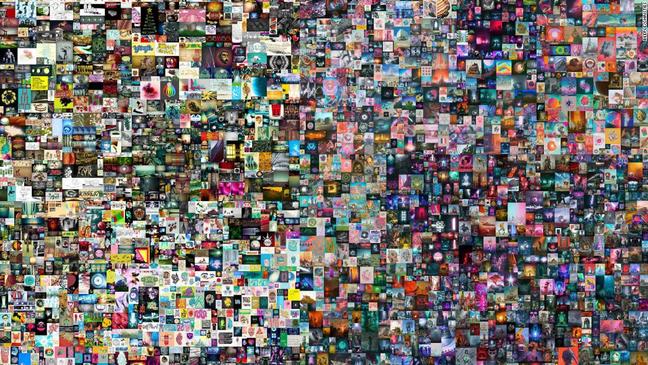
Beeple’s digital artwork which was sold by Christie’s for $69 million earlier this year
One of the most interesting developments assets in this brave new world, Kennedy posits, is something like the Cryptopunk phenomenon. “It’s a generative art project. 10,000 unique avatars — just pixellated faces, each one inherently unique — were created, and a lot of them were given away for free. There is a scale of rarity with Cryptopunks. And the most expensive one was valued at 9.5million USD. The floor for one is now 75,000 USD.” Jay-Z recently bought a few Cryptopunks, and put one as his avatar on twitter — at which point the market shot up hugely. This, to a savvy investor, represents a very interesting — and, crucially, accessible — opportunity.
These kinds of fringe internet subcultures are now reaching the prominence and value of traditional blue-chip artists, Kennedy says. “The market is driven by crypto-rich investors, and for them, driving forward this market is really enabling to build their own power structures” — and their own cultural aesthetics, too. The geeks shall inherit the earth, in other words.
Read next: The rise and rise of man-made diamonds

Become a Gentleman’s Journal Member?
Like the Gentleman’s Journal? Why not join the Clubhouse, a special kind of private club where members receive offers and experiences from hand-picked, premium brands. You will also receive invites to exclusive events, the quarterly print magazine delivered directly to your door and your own membership card.


